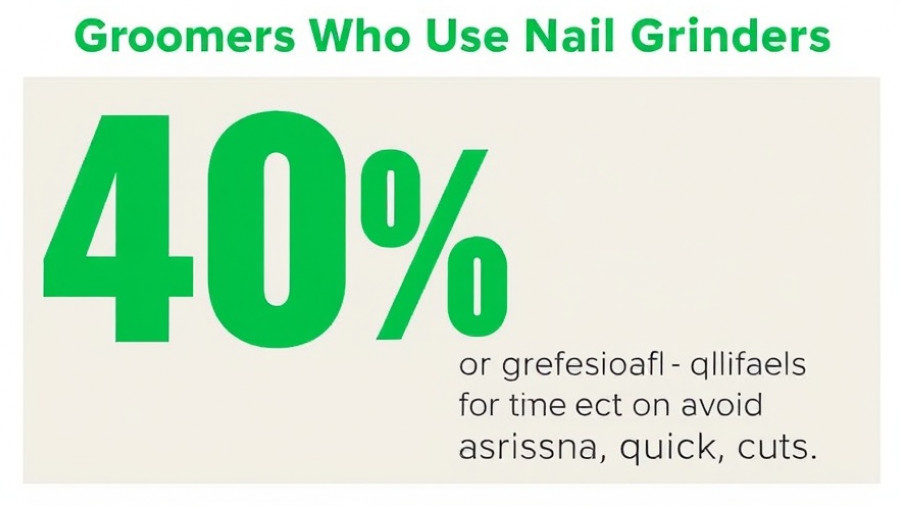
Essential Guide to Selecting a Safe Dog Harness
Choosing a safe dog harness is paramount for your pup’s safety and comfort. A harness not only secures your canine companion but also helps prevent injuries often associated with collars, particularly for dogs that tend to pull during walks. With a myriad of options available, it's crucial to understand the types, features, and proper fitting techniques to ensure you make the best choice for your pet.
Understanding Harness Types for Your Dog’s Safety
The type of harness you choose plays a significant role in your dog’s comfort and your control during walks. Among the most recommended types are:
- Front-Clip Harnesses: These harnesses redirect your dog’s motion towards you when they pull, allowing for natural steering and discouraging pulling without causing pain. Ideal for strong pullers, a front-clip harness paired with a shock-absorbing leash can further enhance control.
- Back-Clip Harnesses: Best suited for well-trained dogs, these harnesses distribute pressure evenly across the dog’s chest and shoulders, making them comfortable for use over extended periods.
- Dual-Clip Harnesses: Combining both front and back attachment points, these versatile harnesses are effective for training purposes, allowing you to transition from controlling pullers to enjoying a relaxing walk.
Key Safety Features to Look For
Not all harnesses are created equal. The following features can make a significant difference in your dog's safety and comfort:
- Padded Straps: Harnesses with thick padding help prevent painful chafing and pressure sores. Look for at least 10mm of padding made of neoprene or memory foam.
- Visibility Features: Safety should be a priority during early morning or late evening walks. Choose harnesses with reflective strips or bright colors to ensure your dog remains visible.
- Adjustability: A good harness should have multiple adjustment points to ensure a snug fit that isn't too tight. This prevents your dog from wriggling out of the harness while also allowing for growth or weight changes.
The Importance of Proper Fitting
A properly fitted harness is crucial for your dog’s comfort and safety. To ensure the right fit, follow these steps:
- Measure at the base of your dog’s neck and around the widest part of the chest.
- Use the two-finger rule: there should be enough room to place two fingers between the harness and your dog’s body without compromising security.
- Observe your dog while they walk to ensure the harness does not restrict movement.
Regular checks are essential, especially after grooming sessions or significant weight changes.
Care and Maintenance of Your Pet's Harness
A harness can get dirty from regular use, so ensure it remains clean to avoid discomfort for your pet. The cleaning process varies with the harness material:
- Nylon or Neoprene: Use a mild detergent diluted in warm water. Rinse well and let it air dry.
- Leather: Wipe down with a damp cloth and use a mixture of water, vinegar, and baby soap for occasional conditioning.
Make an Informed Decision for Your Dog’s Well-Being
The choice of a dog harness should reflect your dog’s needs and your lifestyle. By prioritizing safety, comfort, and the right features, you can enhance your pet's walking experience considerably. Remember, investing time in choosing the right harness could lead to many enjoyable and safe outings with your beloved companion.
 Add Row
Add Row  Add
Add 




Write A Comment